-
 8 min. read
8 min. read
-
 Macy Storm
Macy Storm Content Marketing Consultant
Content Marketing Consultant
- Macy is a content marketing consultant with over five years of experience creating content for dozens of industries including home services, recreation, and education. She’s written about every marketing topic under the sun, from SEO to AI to email marketing. Her work has been featured by Search Engine Journal, HubSpot, Entrepreneur, Clutch, and more. In her free time, Macy enjoys crafting, reading comic books, and walking her dog Daisy.
Amazon is one of the most popular platforms for ecommerce businesses looking to sell more products online. In fact, third-party sellers account for 50% of paid units sold on Amazon. Investing in Amazon search engine optimization (SEO) can help you optimize your product listings and earn more conversions.
In this post, we’ll provide you with seven Amazon SEO tips to help you optimize your listings and sell more products. Let’s get started!
The first step to increasing your SMB’s Amazon sales is getting a FREE proposal.
One of our experts will be in touch within 24 hours!
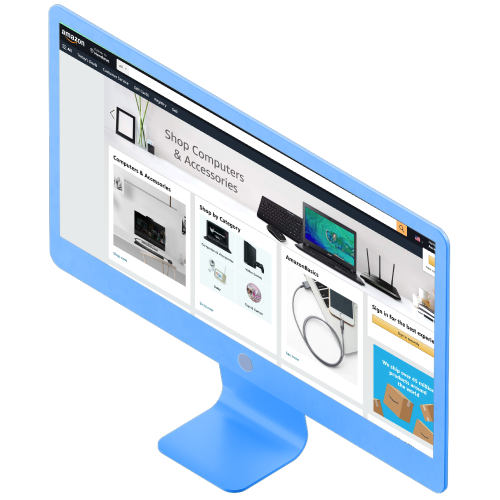
1. Conduct keyword research
To start optimizing your Amazon listing, you’ll first need to conduct keyword research. Keyword research for Amazon SEO is slightly different than keyword research for traditional SEO campaigns. When users search on Amazon, they typically use different words and phrases than when they search on Google.
Normally, when you conduct keyword research, you focus on identifying long-tail keywords— phrases with three or more words — to target. While long-tail keywords are still valuable to your Amazon listing, you’ll also want to incorporate short-tail keywords, which only contain one or two words. When users conduct searches on Amazon, they don’t always type in long-winded queries.
Some people will simply search “dodgeball” instead of “red rubber dodgeball.” You want to account for both queries to ensure you’re reaching all relevant users. How do you find the keywords you want to target? You can start by typing your product into Amazon’s search bar and looking at the list of query suggestions.
These suggestions are things people actually search on Amazon when looking for products like yours. Let’s say you own a home organization store and you want to list your organization products on Amazon. When you search “tupperware,” you generate results like “tupperware meal prep” and “tupperware BPA free.” Amazon users search these keywords when looking for tupperware, so you may want to consider targeting them if they match your product offerings.
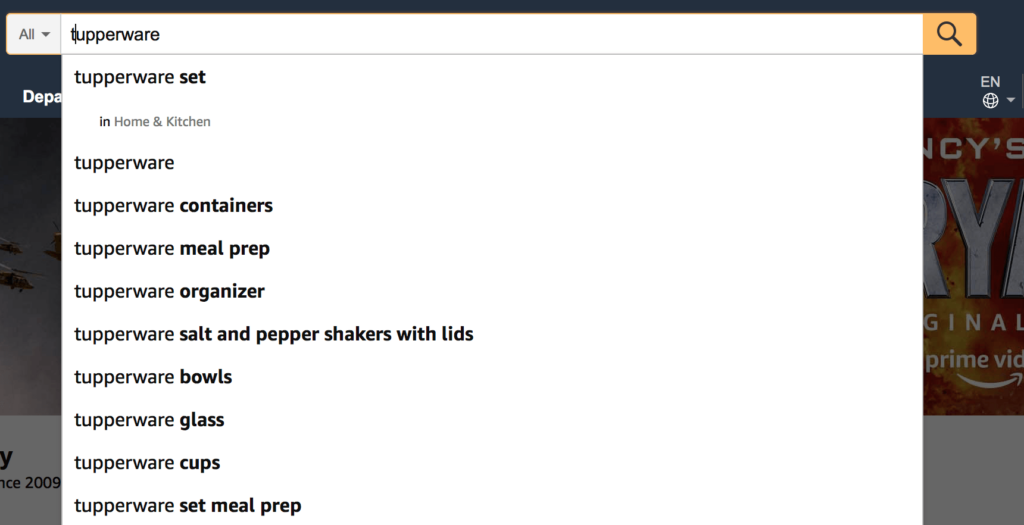 You can also use Amazon SEO tools like Sonar to find keywords.
You can also use Amazon SEO tools like Sonar to find keywords.
Once you select the keywords you want to target, you’ll need to integrate the most relevant terms into your product listings. This will help your listings appear in relevant search results.
2. Optimize your product titles
Your product titles are crucial since they’re one of the first things people see when they search for your products on Amazon. If you want to appear in the right search results, it’s important that you prioritize information in your title. The general formula for titles is as follows: [Brand] [Feature] [Material] [Key ingredient] [Product type] [Model number] [Size] [Package count] [Color] [Flavor] It’s important that you always put your brand first.
When people view ads for your products or view your listings on mobile devices, they won’t see the whole title. Putting your brand first in the title ensures that your audience will see it no matter the format. 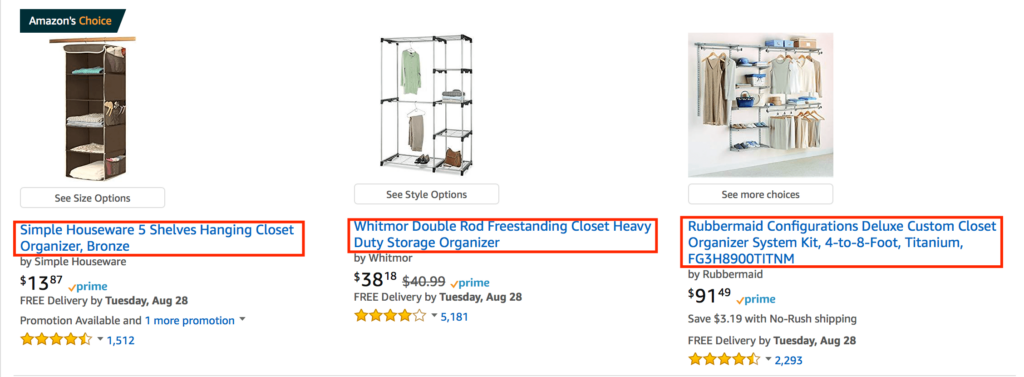 You also want to integrate keywords into your product titles to help you rank in search results.
You also want to integrate keywords into your product titles to help you rank in search results.
3. Upload high-resolution images
When people look at products on Amazon, they want to see high-resolution images that allow them to see details. It’s essential that you upload multiple images of your product. Take photos from all angles to ensure your audience gets a 360-degree view of your products.
In addition, your photos need to be high-resolution, so people can zoom without the photo becoming blurry or distorted. Adding high-quality product images encourages more people to buy because your audience will feel more confident about purchasing your items. You can also add photos of your products in action.
For example, if you’re selling clothing, include some photos of people wearing the items. This is a great way to help people visualize using your products. It’s also helpful to add photos that show the scale of your products.
Many people don’t know how big a product is, even if you list the dimensions. By including a scale photo, you’ll give your audience a visual representation of the product size. 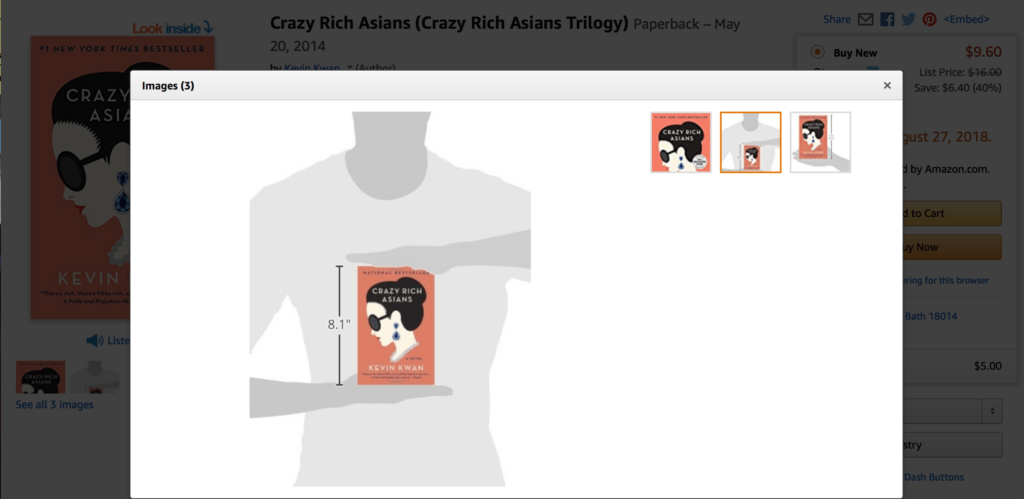 Choosing the right images can lead to more conversions for your business.
Choosing the right images can lead to more conversions for your business.
Learn How to Open a Store on Amazon
4. Use backend keywords
When writing your product descriptions, you want to avoid overusing keywords to the point that it sounds unnatural. You want to rank for these keywords, but how can you do it without stuffing them into your description? Amazon allows you to enter backend keywords — terms you want to rank for that do not appear in your product descriptions.
If you had a listing for “closet organizer,” you may have keywords like “hanging closet organizer” or “shoe organizer” that you want in your listing. You can enter these terms as backend keywords in order to boost your rankings. Backend keywords have a limit to the number of bytes you can use for your keywords.
Amazon recently restricted the byte limit to 249 bytes. What does this mean? Each letter and symbol accounts for a certain number of bytes.
A-Z and 0-9 account for 1 byte. Symbols like the euro sign, €, account for 3 bytes. Amazon previously only counted letters, numbers, and symbols towards the byte count.
Now, they include spaces, hyphens, and commas in your byte count. This means you must be particular about the keywords you choose for your product listing. Focus on the best backend keywords for your listing.
Adding backend keywords can help your listings appear in multiple, relevant search results without bogging down your descriptions.
5. Earn reviews
Amazon wants to deliver a positive user experience and show products people want to purchase. Because of this, Amazon ranks products with positive reviews at the top of search results. If you want to get your listing to the top of the results, you need to earn reviews.
Typically, products with 4+ stars rank at the top of the search results. When customers purchase your products, invite them to review the product on your Amazon listing. The more positive reviews you earn, the higher your listings will rank.
Not only are reviews great for boosting your Amazon SEO ranking, they help you earn more conversions, too. People look to reviews to see if they should purchase a product. When you garner more reviews, it’s more feedback for you to improve your product, and it helps your future customers decide to buy.
6. Optimize descriptions
Amazon has two sections that allow you to write product descriptions. The first section you’ll see is a bulleted list. 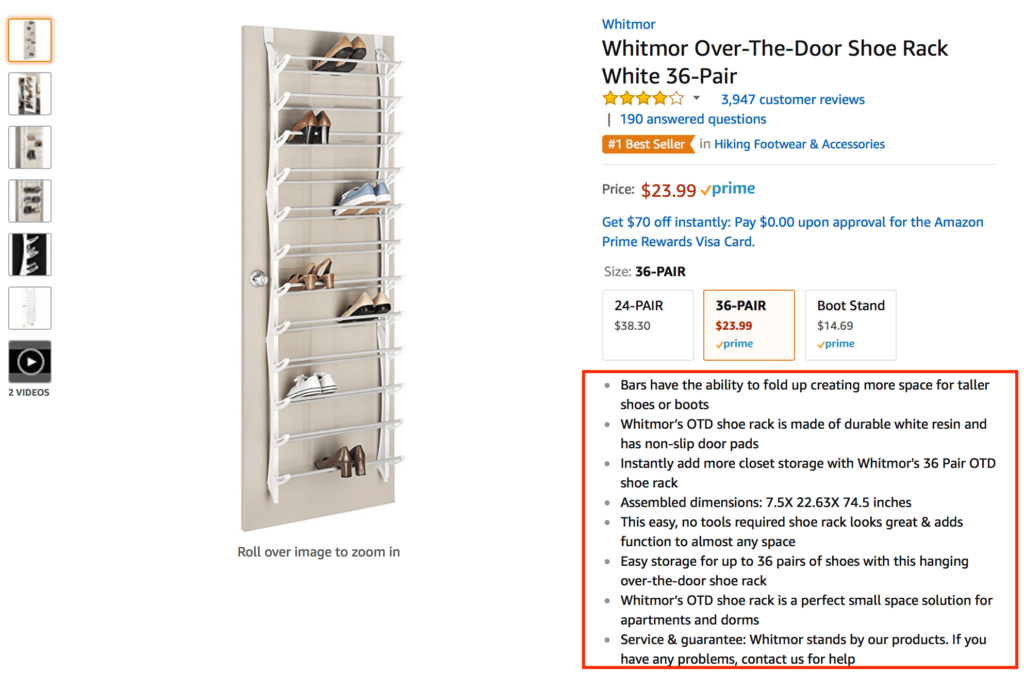 In this bulleted section, you can list product benefits and key features. It’s a great place to integrate valuable keywords, too.
In this bulleted section, you can list product benefits and key features. It’s a great place to integrate valuable keywords, too.
Further down on the product page, there’s a product description where you can dive into more detail about your product — and of course, target those keywords. Optimizing your product descriptions will help your audience fully understand your products and allow your business to earn more conversions. It also gives you a better chance of showing up in Amazon Rufus.
Amazon also offers an AI tool that can help you optimize your product descriptions to be more effective.
7. Check out competitor pricing
When users compare products on Amazon, they often look at price. That means you’ll want to pay attention to your pricing strategy when listing on Amazon. Generally, you’ll want your prices to be similar (or lower) to competitor’s.
If your prices are significantly higher than your competitor’s prices, you may run into issues. Let’s say you list your closet organizer on Amazon for $90. Your target keyword is “metal closet organizer.” You look at your competitor’s pricing and all of them are around $40. It may not seem like a big deal, but it is a big deal to your audience. If they see that your product is $50 more expensive than the other one, they will ignore your listing. Does this mean you need to change your pricing?
Not exactly. If your product is slightly more expensive than your competitor’s product, show your audience the value in spending the extra money (sturdy design, more shelves, and customizable set up). Demonstrating the value of your products can help you earn more sales.

Get an instant breakdown of your Amazon sales margin with our free calculator.
Learn More
Use Amazon SEO to optimize your listings today
Amazon allows your ecommerce business to reach more customers and earn more revenue online.
But if you want people to find your products, you need a great Amazon SEO strategy. Do you have any other Amazon SEO tips? Let us know in the comments below!
-
 Macy is a content marketing consultant with over five years of experience creating content for dozens of industries including home services, recreation, and education. She’s written about every marketing topic under the sun, from SEO to AI to email marketing. Her work has been featured by Search Engine Journal, HubSpot, Entrepreneur, Clutch, and more. In her free time, Macy enjoys crafting, reading comic books, and walking her dog Daisy.
Macy is a content marketing consultant with over five years of experience creating content for dozens of industries including home services, recreation, and education. She’s written about every marketing topic under the sun, from SEO to AI to email marketing. Her work has been featured by Search Engine Journal, HubSpot, Entrepreneur, Clutch, and more. In her free time, Macy enjoys crafting, reading comic books, and walking her dog Daisy. -

WebFX is a full-service marketing agency with 1,100+ client reviews and a 4.9-star rating on Clutch! Find out how our expert team and revenue-accelerating tech can drive results for you! Learn more
Try our free Marketing Calculator
Craft a tailored online marketing strategy! Utilize our free Internet marketing calculator for a custom plan based on your location, reach, timeframe, and budget.
Plan Your Marketing Budget

SEO Success with KOA

Proven Marketing Strategies
Try our free Marketing Calculator
Craft a tailored online marketing strategy! Utilize our free Internet marketing calculator for a custom plan based on your location, reach, timeframe, and budget.
Plan Your Marketing Budget





